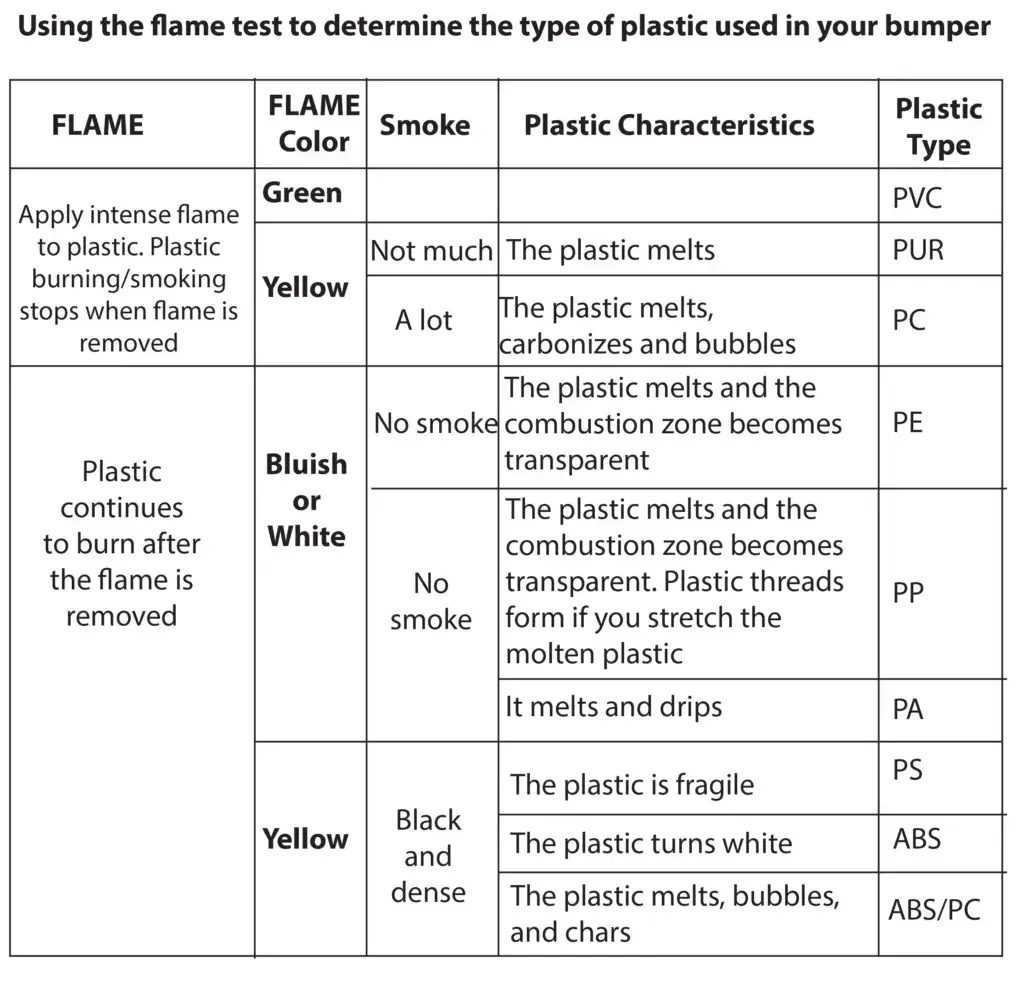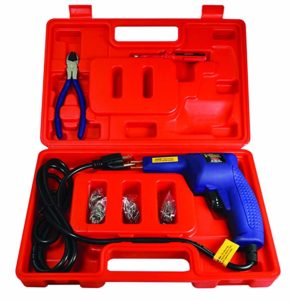How to Paint a Plastic Bumper: Expert Tips and Techniques
Learn about painting a plastic bumper cover
You’ll find lots of advice online about painting a plastic bumper cover. Unfortunately, most of it is wrong. If you’re trying to repair a scratch or a dent in a plastic bumper, you’ll need an adhesion promoter and automotive paint with a flex additive. Here are some other tips about how to paint a plastic bumper cover, along with some repair tips.
Start with an adhesion promoter
If you’re fixing an existing bumper and you’ve sanded off the factory paint and primer, you’ll have to apply fresh adhesion promoter to the bare plastic before priming and painting. Skip this step and your primer and paint will just crack off and destroy all your hard work.
Plastic bumper covers require a special paint
You can’t paint a bumper cover with ordinary spray cans from a home center store. Plastic bumper covers require an automotive paint modified with a flex additive. Locate an auto parts store that sells automotive paint and ask if they can add the flex additive when they match your car’s color.
Tips for repairing cracks in a plastic bumper
Repairing cracks in a plastic bumper is a two-part process.
First, you have to stitch the crack together to prevent it from separating. The best way to do this is to remove the bumper cover and work from behind using a hot staple tool, like the Astro 7600 Hot Staple Gun Kit for Plastic Repair Kit, which can be purchased on Amazon for about $90. It comes with a heating gun and an assortment of stitching staples. See this video below for usage.
Don’t want to fix your cracked bumper a second time? Then avoid these crackpot tips from the Internet
Bondo and drywall tape to fix plastic bumper cover dents
YouTube bumper repair videos show a crack repair technique where they apply fiberglass drywall tape to the crack and then apply a coating of Bondo filler. This method is guaranteed to fail. First, the self adhesive fiberglass tape is not designed to stick to the types of plastics used in bumper covers, so right off the bat you’ll have a tape failure.
Next, Bondo is never a proper filler for a bumper cover because it’s not flexible. Why would anybody apply a rigid filler material to a bumper that’s designed to flex when hit? The instant the bumper flexes, even during the installation, the bondo will crack and break off.
Bumper cracks must be filled with the same type of plastic used in the bumper. So you’ll need a plastic welding tool. plastic welding kit like the Polyvance 5700HT Mini Weld Model 7 Airless Plastic Welder. The kit comes with all the types of bumper cover plastics commonly used by carmakers
Know the type of plastic used in your bumper cover.

A.B.S. (Acrylonitrile Butadiene Styrene) spoilers, grilles, hubcaps, dashboard interiors, etc.
ABS PC (ABS Polycarbonate Alpha) grids, spoilers, corner protectors, etc.
PA (Polyamide) grids, hubcaps, interior lining.
PC (Polycarbonates) spoilers and corner protectors, grilles, bumpers, etc.
PE (Polyethylene) ducts, batteries, wheel arch liners, bumpers, etc.
PP (Polypropylene) ducts, batteries, wheel arch liners, bumpers, etc.
PP – EPDM (Ethylene Propylene Diene Monomer) bumpers, interior or exterior coatings, spoilers and flaps, etc.
PUR — Polyurethane
PVC (Polyvinyl Chloride) electrical cables, bus floors, etc.
GU-P / BMC-SMC-MMC (Glass Reinforced Polyester Resins) gates, hoods, grids, isotherms, channelling, etc.
GFRP (Glass Fibre Reinforced Plastics) bumpers
Watch the video to see how plastic filling is done
Next, comes sanding
Your filled crack has to be sanded smooth to get the best finish. What’s the biggest mistake here? Using a dual-action random orbital sander. Most DIYers just go to town on the plastic. They press too hard and go to fast. Then they wonder why they’ve melted the plastic.
Sanding a plastic bumper is a hand-only job
Sand down your filler using a sanding block; no power tools allowed. Hand sanding prevents melting and actually saves you time over DA sanding.
Purchase plastic adhesion promoter based on the type of plastic used in the bumper cover. Locate an auto parts store with a custom mix paint department. Purchase plastic adhesion promoter, along with primer and paint treated with a flex additive to prevent paint crack-off.
If you’re installing a new bumper cover, check with the supplier to see if the bumper has already been treated with a plastic adhesion promoter.
©, 2023 Rick Muscoplat
Posted on by Rick Muscoplat
